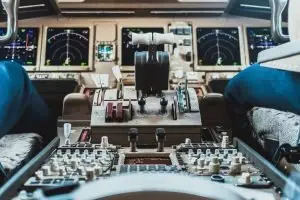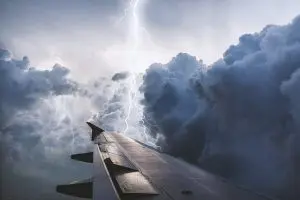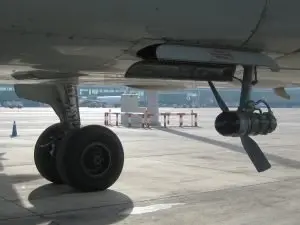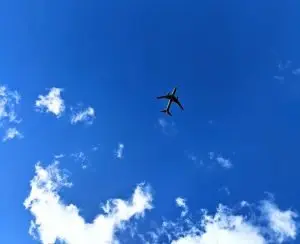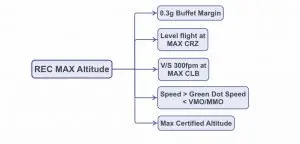The MTOW (Maximum Take-Off Weight), or MTOM (Maximum Take-Off Mass) is a fixed structural weight limitation established by the aircraft manufacturer during certification and is the maximum weight at which a pilot may attempt to take-off. It is fixed and as such does not vary with environmental factors (such as temperature, wind component, runway slope etc.).
Table of Contents
MTOW vs RTOW – Whats the difference?
The MTOW is a fixed weight established during design certification and as such does not take into account environmental factors on the day.
The RTOW (Regulated Take Off-Weight) however is derived from the MTOW and also takes into accounts factors at the departure airport – such as wind component, air pressure and temperature, runway condition etc.
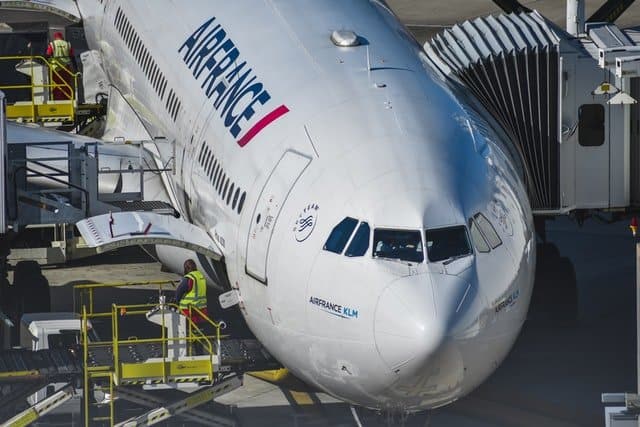
Factors that will affect the RTOW (Regulated Take-Off Weight)
- Take-Off Run Available – a shorter runway will reduce the maximum weight that can still achieve a safe departure
- Runway condition – a wet or contaminated runway will reduce the RTOW
- Ability to reject the take-off (RTO) must be taken into account
- Required climb performance (including with an engine failure) to clear terrain and obstacles
- Wind component
- Air pressure & temperature
- Airport elevation
- Aircraft configuration – e.g. flap setting.
- Any inoperative aircraft systems the might affect performance – e.g. thrust reversers, spoilers, anti skid etc.
How is the Regulated Take-Off Weight (RTOW) calculated?
Firstly, the pilots get the departure airport conditions – usually by ATIS (Automated Terminal Information System). This will give required information including the runway(s) in use, wind, temperature, pressure, and runway condition.
Traditionally, RTOW was a calculation that required looking up the data in a set of tables specific to the runway in use, the runway condition (dry/wet/contaminated) and the aircraft configuration (flap setting).
Modern airliners are equipped with EFBs (Electronic Flight Bags) which are computer systems allowing pilots to calculate take-off performance (among other tasks).
Regardless of the method used to calculate the performance figures, its essential both pilots independently crosscheck the calculations to trap any errors.
Other weights that need to be considered:
- Dry Operating Weight (DOW) – this is the weight of the actual aircraft and the equipment required for flight plus the crew (and their baggage) and plus required fluids (e.g. engine oil)
- Payload – available payload will indicate the weight of passengers and cargo that may be carried. “Underload” on a load sheet indicates how much extra payload could have been carried.
- Zero Fuel Weight (ZFW) – this is the weight of the aircraft and the payload, but excluding the fuel.
- Landing Weight – This is the weight of the aircraft at landing.
As a basic example you can look at flight in the following way:
- DOW (aircraft weight) + Payload (passengers/cargo) = Zero Fuel Weight
- Add the amount of fuel we’re carrying = Take-Off Weight
- How much fuel we burn enroute gives us our landing weight: TOW – Trip Fuel = Landing Weight
DOW
+ Payload
————–
ZFW
+ Departure Fuel
————-
TOW
-Trip Fuel
————
Landing Weight
*This a very basic example!

Too heavy for takeoff? What can we do?
At each stage we have to make sure we are within our weight limitations:
MZFW – Maximum Zero Fuel Weight
MTOW/RTOW – Maximum Take-Off Weight / Regulated Take-Off Weight
MLW – Maximum Landing Weight
What happens if we’re too heavy for take-off?
If our planned take-off weight is greater than our RTOW, we can look at the following options:
- Performance: Is a higher thrust available e.g. TOGA (Take-Off Go Around) Thrust?
- Aircraft Configuration: Is a more favourable flap setting available?
- Runway: is there a better runway available? Longer, or more into wind? Or maybe a new DCL request can be made for a move favourable departure.
- Fuel: can we reduce the amount of fuel required? Perhaps by selecting an alternate closed to our destination.
- Payload: if the above options aren’t available we may have to reduce our payload. This is the time to liaise with Ops Control/Dispatch – can some of our cargo travel on the next flight? Are some passengers will to travel later or on another day? Do we need to carry all the passenger bags…… (Yes, unfortunately in the past I’ve had to leave some bags behind. Not a great and unlikely to win us a lot of repeat business but there may be no other option. Fortunately this is rare and usually only at very performance-limited airports).
More about runway performance here.
If you found this article interesting please take 5 seconds to share this on your favorite social media. Thanks so much, I really appreciate it! [email protected]
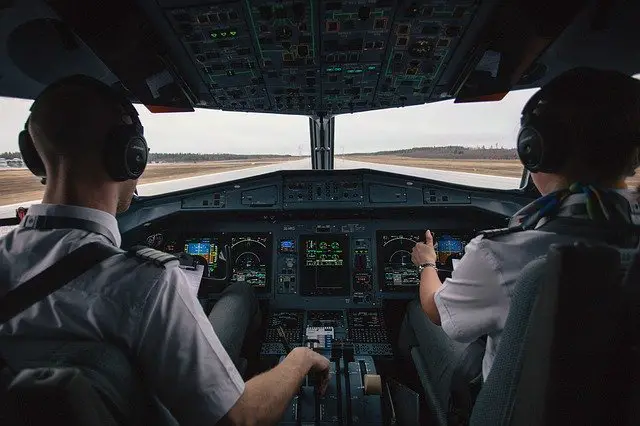
Pete has been flying aircraft for the last 20 years. He has flown everything from light piston aircraft up to heavy jets as both First Officer and Captain. He’s currently enjoying life flying the Airbus A330 for a major international airline.


